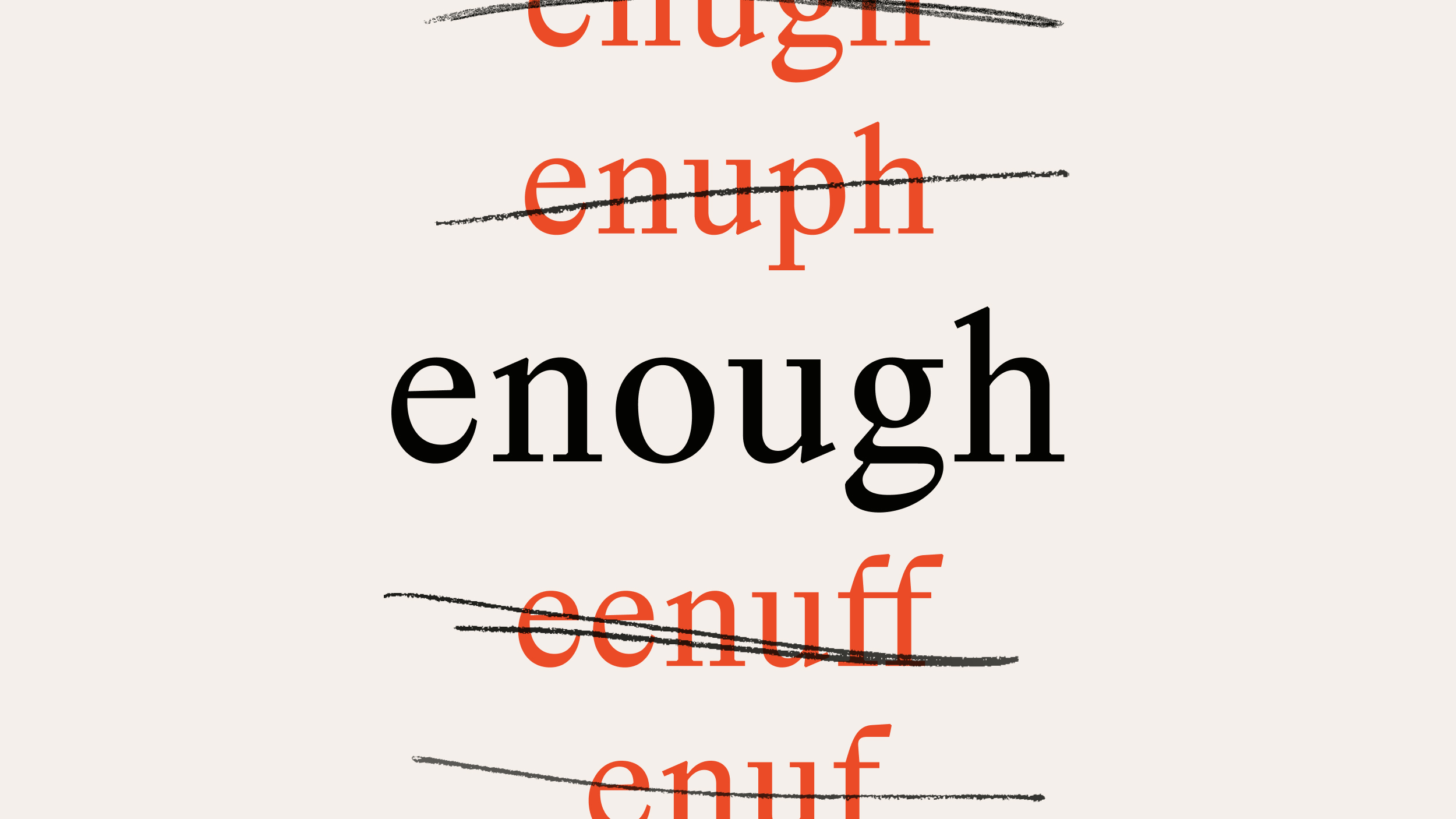Question: What’s with all the foam?
Wylie Dufresne: Well, without foam there’d be no bread, there’d be no ice cream, there’d be no cappuccino. Let’s see, what else is foam? The cushion I’m sitting on is a foam. There’s a lot of foams that have been around long before the sort of the "foam movement" and therefore the "anti-foam movement." I think that people have a responsibility if they’re going to criticize something to understand the past, the present, and then the, you know, hopefully a little bit of the future and people attacking foam is a little bit misguided. I think that it was an easy thing to latch onto because some chefs and myself included recognized that taking heavy things, for instance, and lightening them and then presenting them that way in some ways can make them... was another way to eat it, another way to experience it, but also made it more pleasant. I mean, I think that that’s what, that’s the joy in a cappuccino is that you have milk, which is heavy, fatty, rich. I mean, up until recently, you only had full fat milk. So, a cappuccino was made with full fat milk. And in my mind a proper cappuccino still is made with full fat milk. But by frothing it up, you lighten it and it makes it feel less heavy, less weighty. So what’s bad about that? You’re eating something rich whether it’s butter... a butter-based sauce or a Foie gras or any number of rich luxurious things, but you’re having it in this very light ethereal delicate way. I think that that’s a nice juxtaposition in many ways.
But like anything, when done poorly, it's easy to attack and I think... again, I think that for as many people that were making foams, well, properly, there were many more that were doing it improperly and that didn’t help. And I also think that as much as people cry out for something new, you give them something new and then they lash out against it for being new and being different.
But foam has been around for a long time. You’re not going to get a lot of people that don’t like ice cream, that are anti-ice cream other than the healthful... the unhealthfulness of it. But who’s going to say—and ice cream is a foam I’m sorry to say, and it’s not going anywhere. Bread is a foam and is one of—is a universal food that virtually every culture has figured out how to make, but it’s a foam.
So I think that people criticizing foam, and I know that they are using foam to mean that little frothy bit, and if that little frothy bit on something isn’t made right, it can be kind of watery and weepy. But I just feel like that was an easy one. You know, we chefs almost put a target on our back when we decided to embrace that notion. But I still find it very interesting that you can whip something, lighten something, put is on a plate and eat it because I think that engaging something in a new way, whether it be vinegar or butter or a flavor, but encountering it in a new form is often very exciting to me. And foam was something that a lot of people played with and I just think that people went after it unnecessarily.
Recorded August 6, 2010
Interviewed by Max Miller





